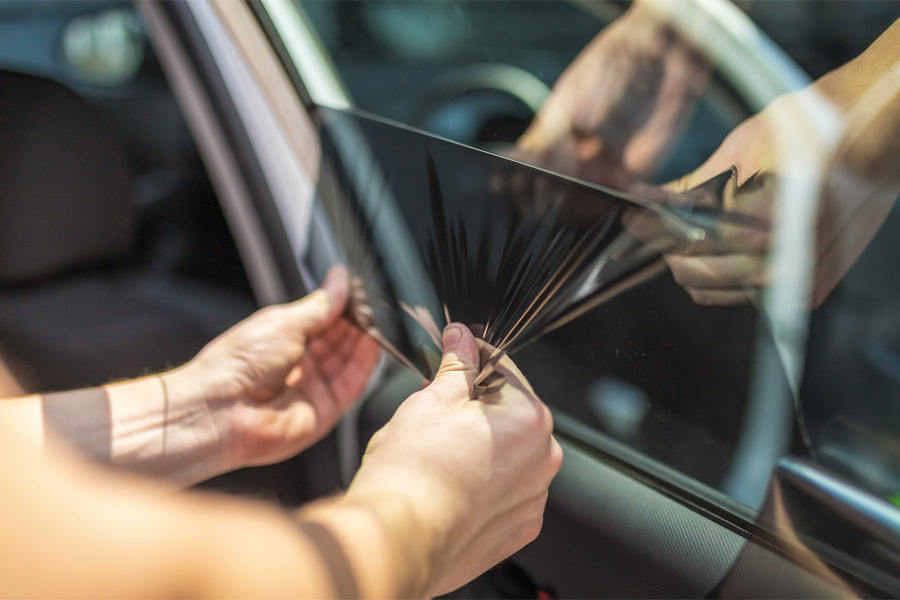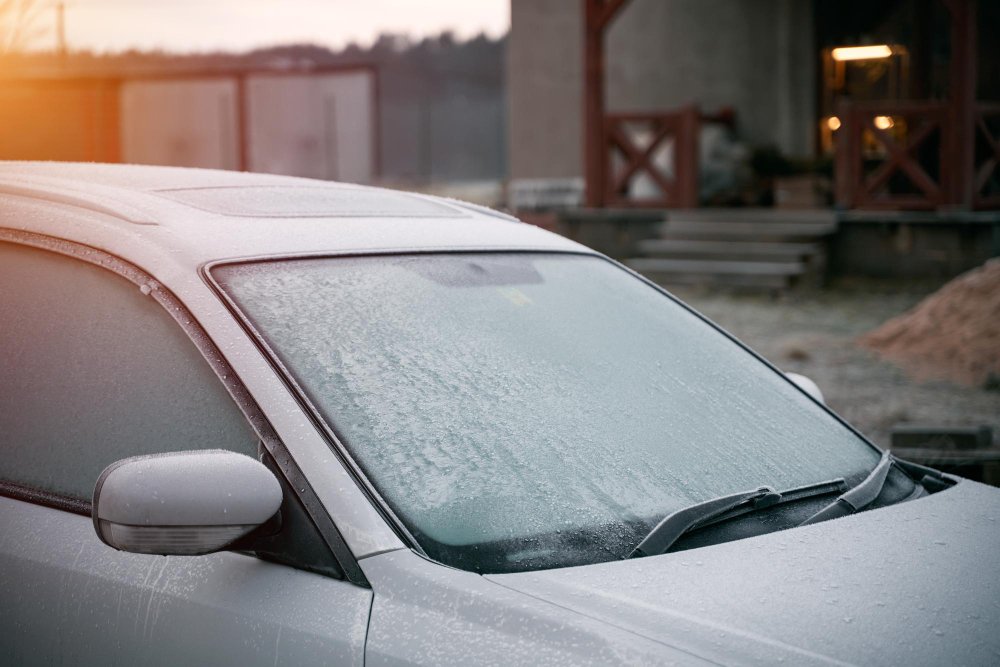Car Window Tinting: What to Expect Throughout the Setup Process
Car Window Tinting: What to Expect Throughout the Setup Process
Blog Article
Window Tinting Regulations and Standards: What You Need to Know Prior To Tinting Your Cars And Truck
Prior to waging home window tinting for your lorry, it is necessary to familiarize on your own with the varied laws and standards that govern this technique across different states. These policies dictate the permitted levels of tint darkness, usually determined by visible light transmission (VLT) percentages, and include particular terms for front windshields focused on making sure roadway safety and security. Additionally, certain territories may offer medical exceptions for people with qualifying problems. Comprehending these complexities can conserve you from potential legal implications, yet what are the certain policies in your state?
Summary of Home Window Tinting Rules
Home window tinting laws are often subject to variant throughout different territories, reflecting neighborhood regulations and safety factors to consider. These legislations dictate the acceptable degrees of color darkness and reflectiveness on automobile home windows, making certain that motorists maintain adequate exposure while also protecting against damaging UV rays and warm.
Many guidelines classify home window tinting based on the Visible Light Transmission (VLT) portion, which indicates the amount of light that can pass with the home window. Normally, reduced VLT percentages signify darker tints. Regulations frequently distinguish in between the front, side, and back home windows, with more stringent limitations put on the front windscreen to improve security for both the vehicle driver and various other roadway users.
Furthermore, some jurisdictions impose restrictions on the reflectivity of the tint, avoiding extreme glow that might impair exposure. Exceptions to these regulations might exist for individuals with certain clinical conditions calling for additional sunlight defense. Compliance with window tinting policies is critical, as violations can lead to penalties, obligatory elimination of the tint, and possible increases in insurance coverage costs. It is crucial for lorry proprietors to acquaint themselves with regional regulations before continuing with window tinting setups.
State-by-State Tint Regulations
Comprehending the details home window tinting laws in each state is essential for car owners seeking to follow the legislation. Each state in the united state has developed its very own collection of regulations controling home window tinting, which can vary significantly. These laws typically dictate the allowable degrees of color darkness, the sorts of windows that can be tinted, and any kind of clinical exceptions that may apply.
As an example, states like California have rigid constraints on color darkness for front windows, while others, such as New Mexico, might allow darker tints. Additionally, specific states mandate particular visibility percents for numerous windows, including the windscreen, front side home windows, and rear windows. It is critical for vehicle proprietors to acquaint themselves with their state's laws to prevent possible fines or fines.
In addition, some states may require a certification sticker label to be positioned on tinted home windows, indicating conformity with state laws. Failing to stick to these regulations not just runs the risk of lawful repercussions yet can likewise affect safety and exposure while driving. Vehicle owners should perform comprehensive study or consult neighborhood authorities to make certain complete understanding and compliance with state-by-state tint regulations.
Allowed Tint Types and degrees
Several vehicle owners may be stunned to learn that permitted color levels and kinds differ widely across various states. Each state has actually established its own regulations regarding the acceptable darkness and reflectivity of window color, often gauged by Visible Light Transmission (VLT) percentages. VLT describes the amount of light that can travel through the colored windows; hence, a reduced portion suggests a darker tint.

Furthermore, the kinds of color materials enabled can differ, with some states banning metal or mirror-like surfaces. It is necessary for automobile proprietors to acquaint themselves with their state's details laws to ensure conformity. Non-compliance can lead to fines, obligatory elimination of the color, or other legal repercussions, making it imperative to comprehend these guidelines prior to continuing with installment.
Medical Exemptions for Tinting
While not all states offer allowances for medical exemptions regarding window tinting, those that do acknowledge the necessity for look at here particular individuals to improve visibility and comfort due to medical conditions. Different medical conditions, such as lupus, skin cancer cells, and particular eye disorders, can render people specifically conscious sunshine. These individuals might require darker tints to secure themselves from unsafe UV rays and glare.

It is vital to note that despite a medical exemption, there might still be constraints on the level of tint permitted. Conformity with state laws makes certain that individuals are both protected and within lawful limits. Those thinking about medical exemptions must contact their local Division of Motor Cars or equivalent authority to recognize the procedures and demands necessary to get an exemption effectively.
Penalties for Non-Compliance
Failing to adhere to home window tinting regulations can bring about considerable penalties, which differ by state. Police are equipped to release citations for lorries that do not comply with the defined tinting policies. These fines typically consist of fines, which can range from small amounts to a number of hundred bucks, depending on the seriousness of the offense and the state concerned.
In some jurisdictions, duplicated offenses might lead to intensifying penalties or additional fines, such as compulsory court looks. Additionally, non-compliance might demand the elimination of illegal tinting, commonly at the owner's cost. In severe cases, habitual wrongdoers might encounter suspension of their vehicle enrollment up until compliance is attained.
Additionally, insurance implications might arise from obtaining numerous citations for window tint infractions. Insurance companies may see such violations as a sign of riskier habits, potentially bring about enhanced premiums or problem in insurance coverage.
To stay clear of these penalties, it is important for automobile owners to familiarize themselves with their local home window tinting legislations and ensure that their lorry complies (Window Tinting). This proactive technique not only prevents lawful implications but additionally advertises road safety
Conclusion

The majority of policies categorize window tinting based on the Visible Light Transmission (VLT) portion, which shows the amount of light that can pass through the home window. Conformity with window tinting policies is vital, as offenses can result in penalties, required removal of the tint, and possible rises in insurance policy costs.Understanding the particular home window tinting policies in each state is essential for vehicle owners looking for to comply with the law. These guidelines typically determine the permitted degrees of color darkness, the types of windows that can be tinted, and any type of clinical exceptions that might use.
For circumstances, states like California have strict restrictions on directory tint darkness for front windows, while others, such as New Mexico, may enable darker colors.
Report this page